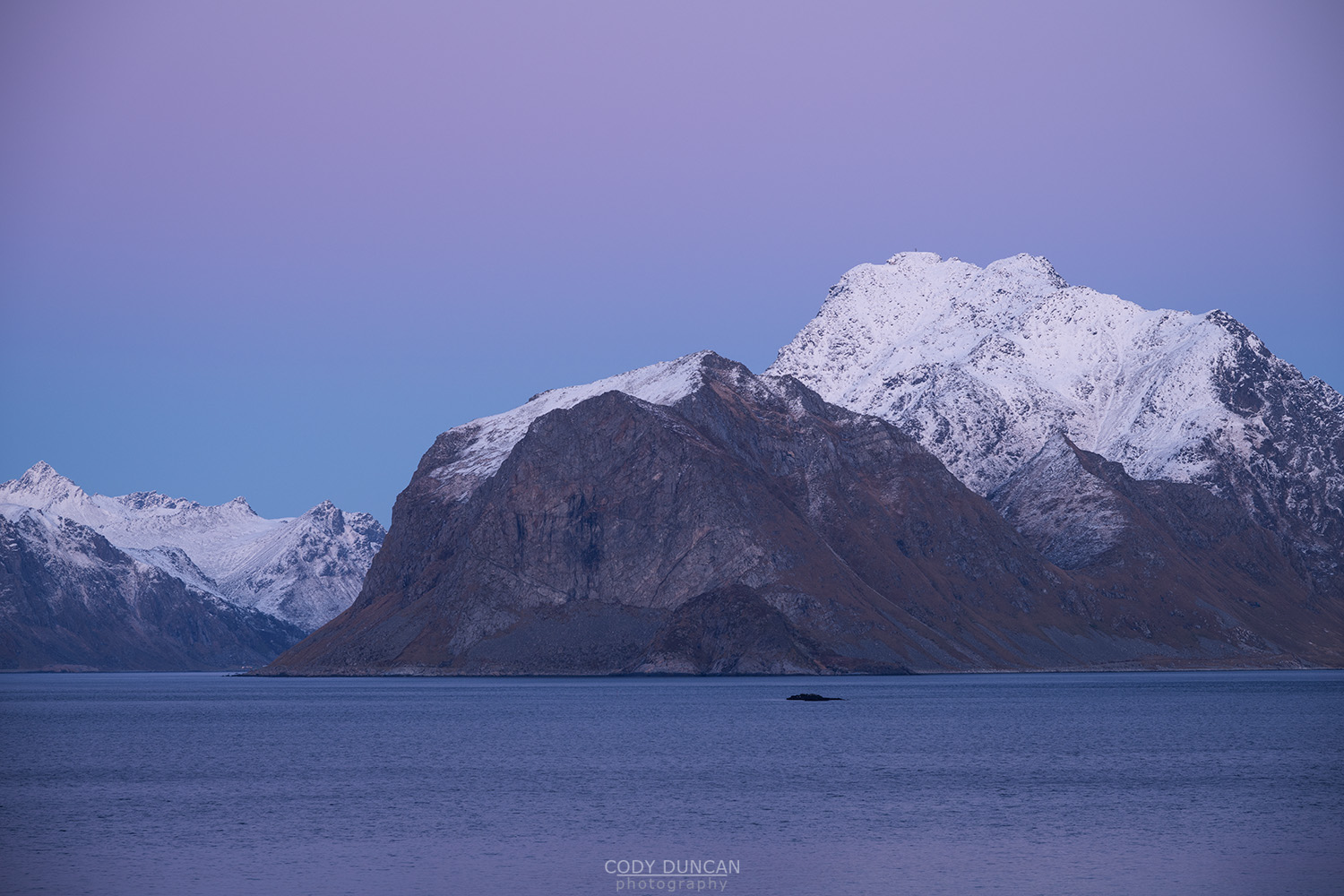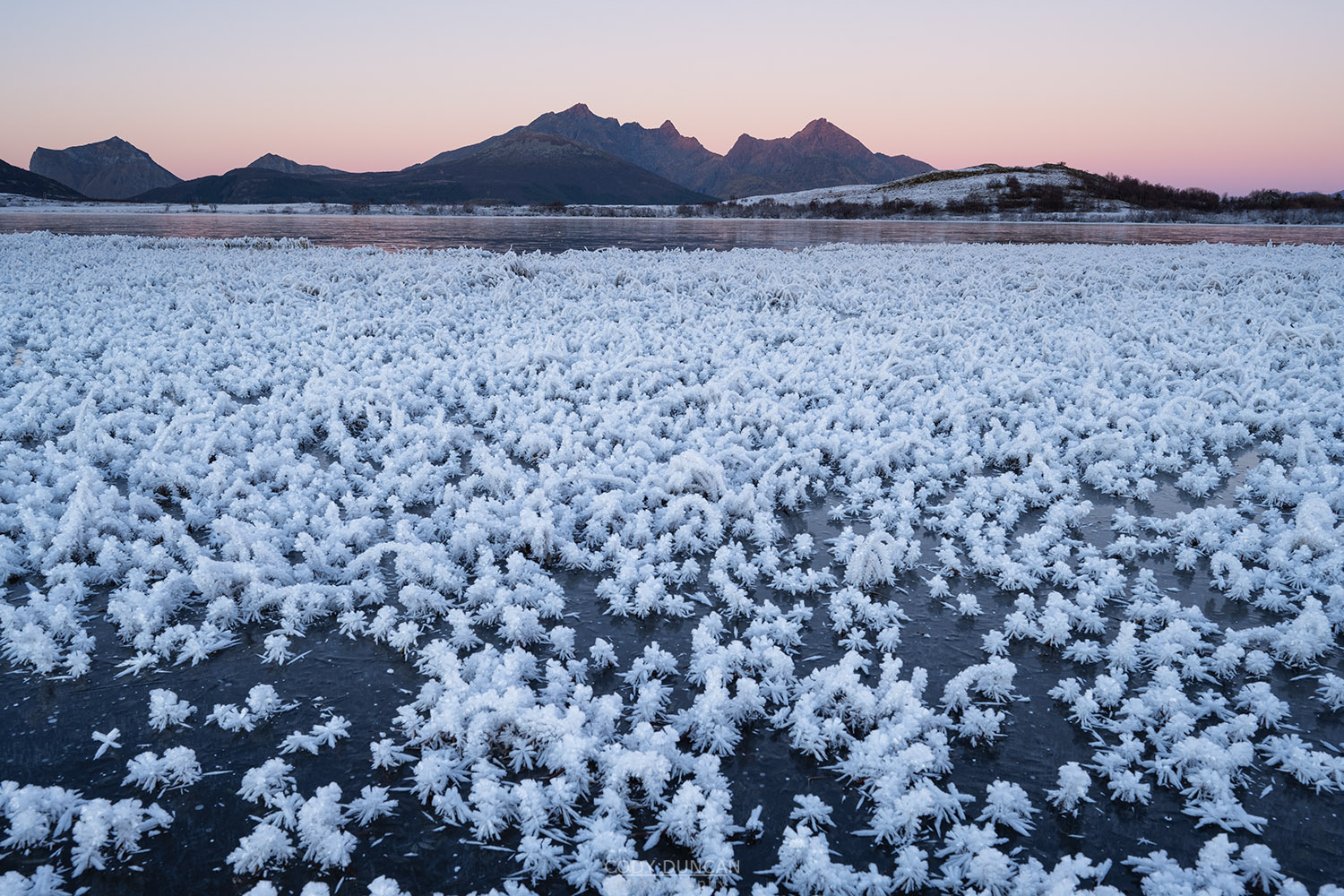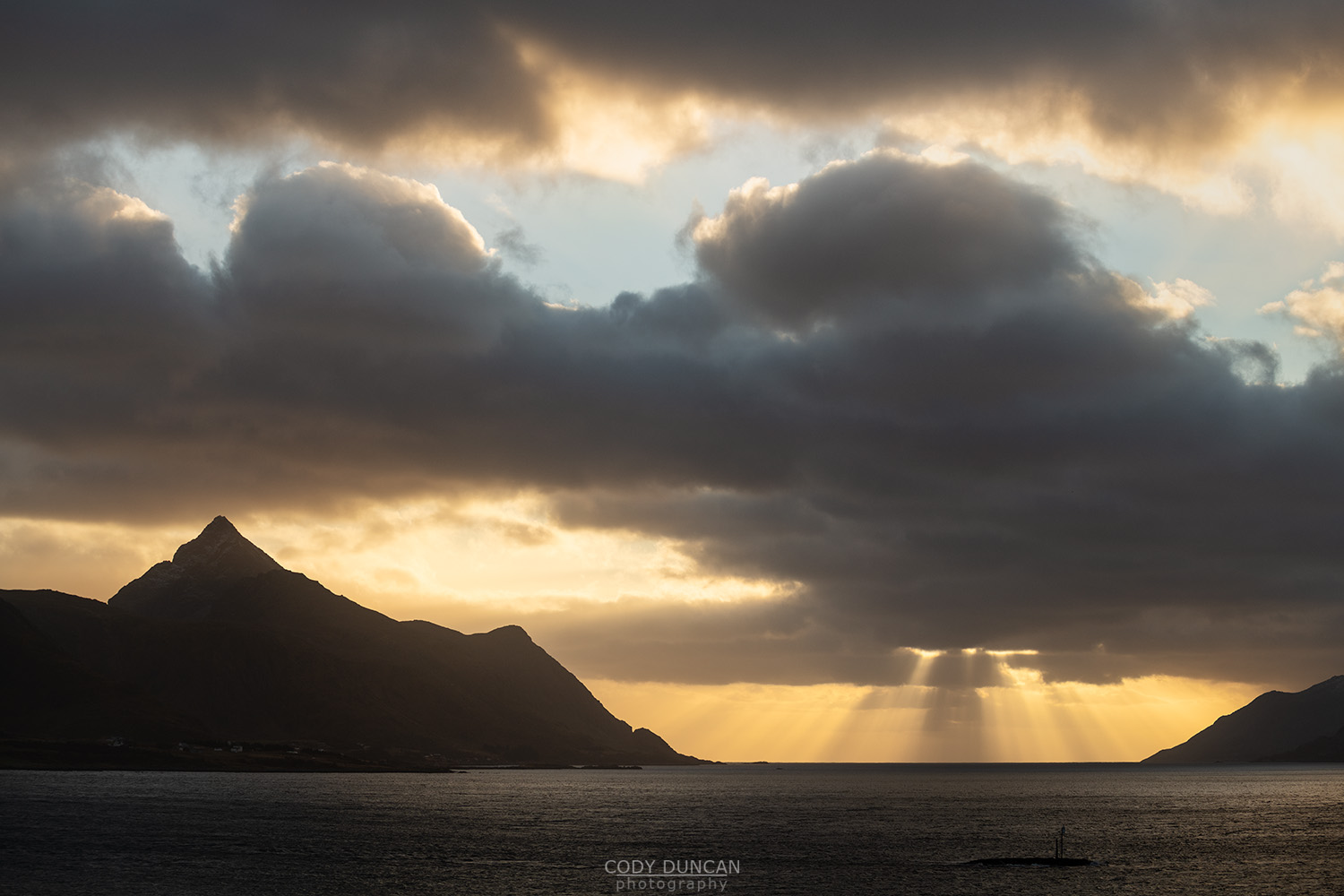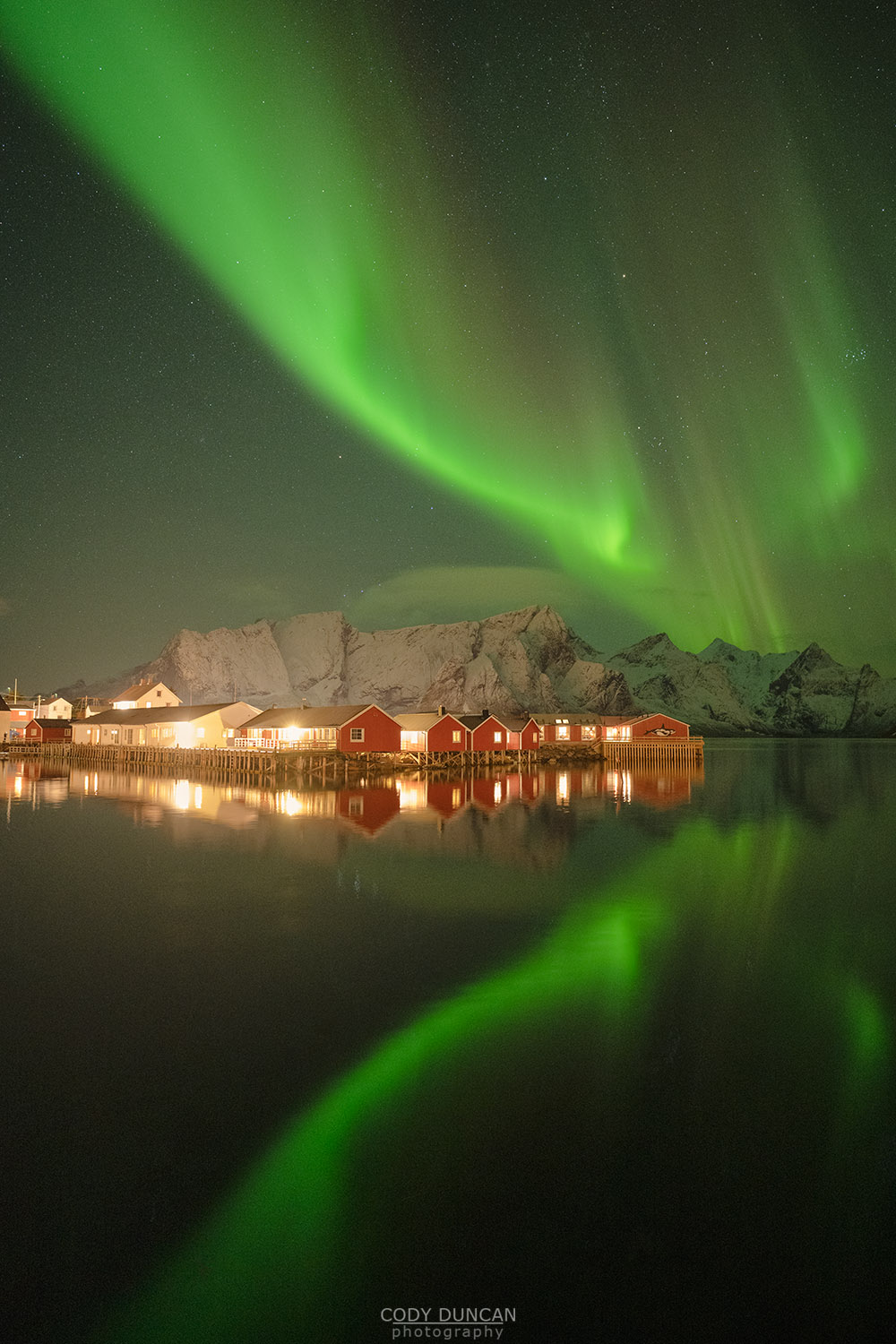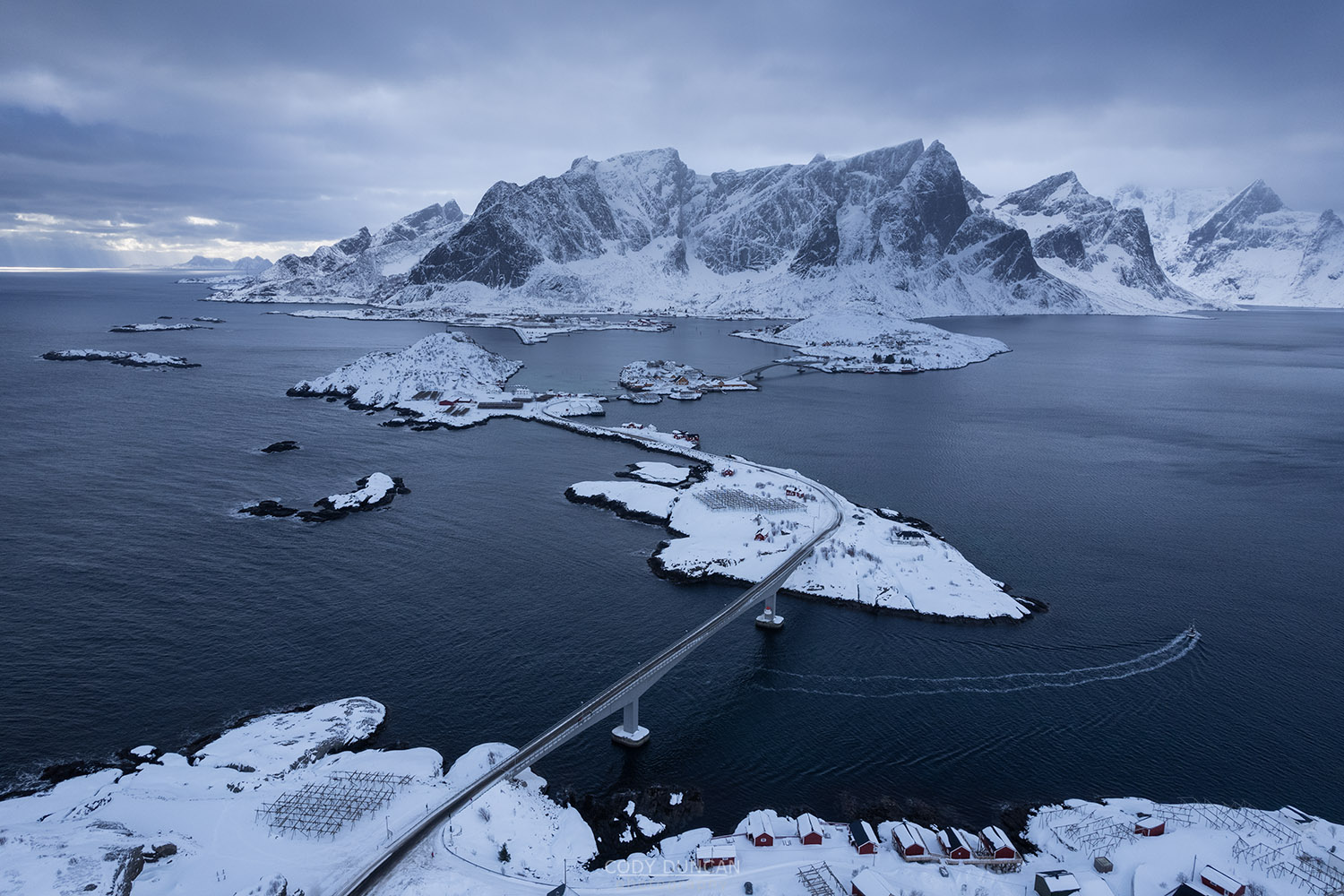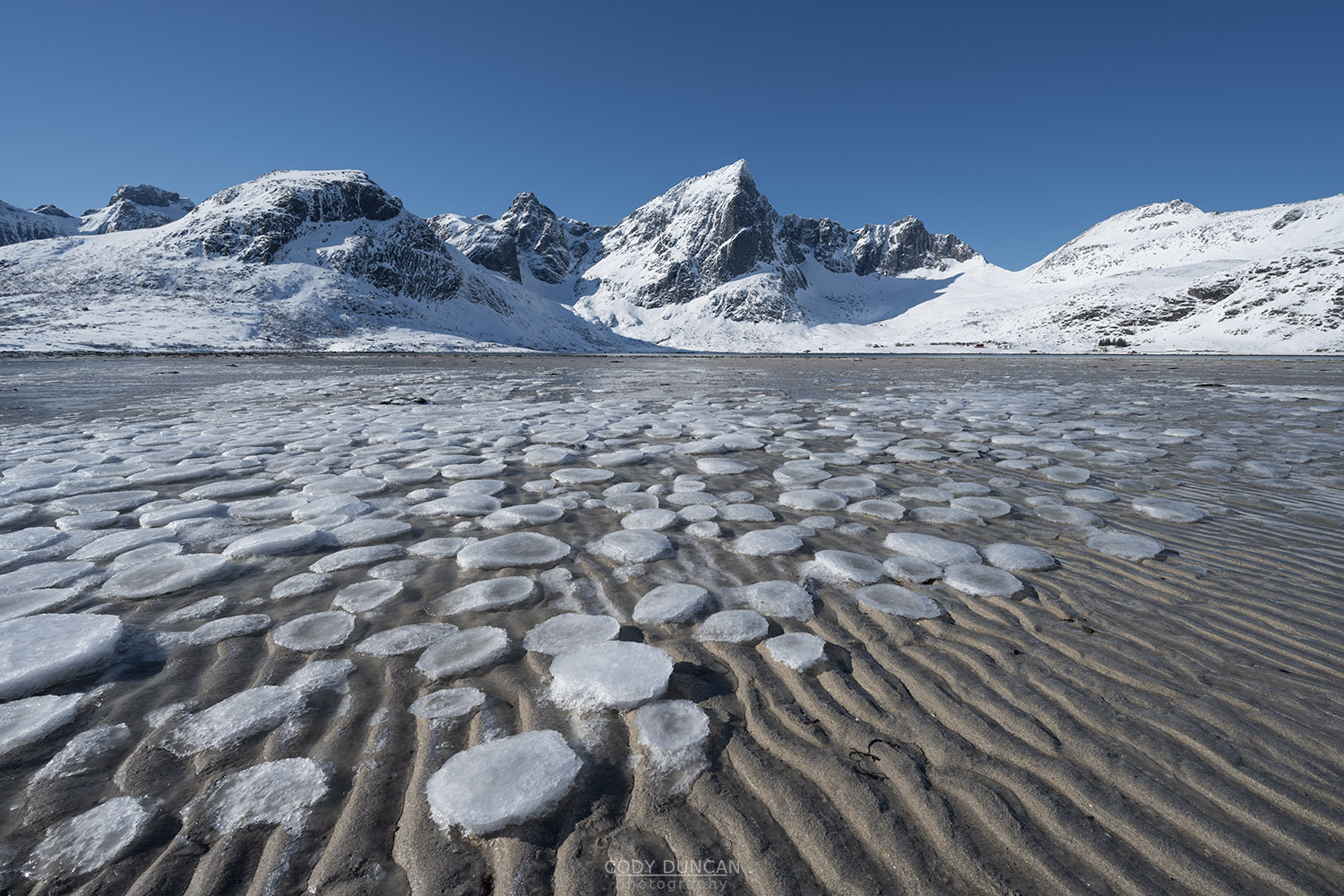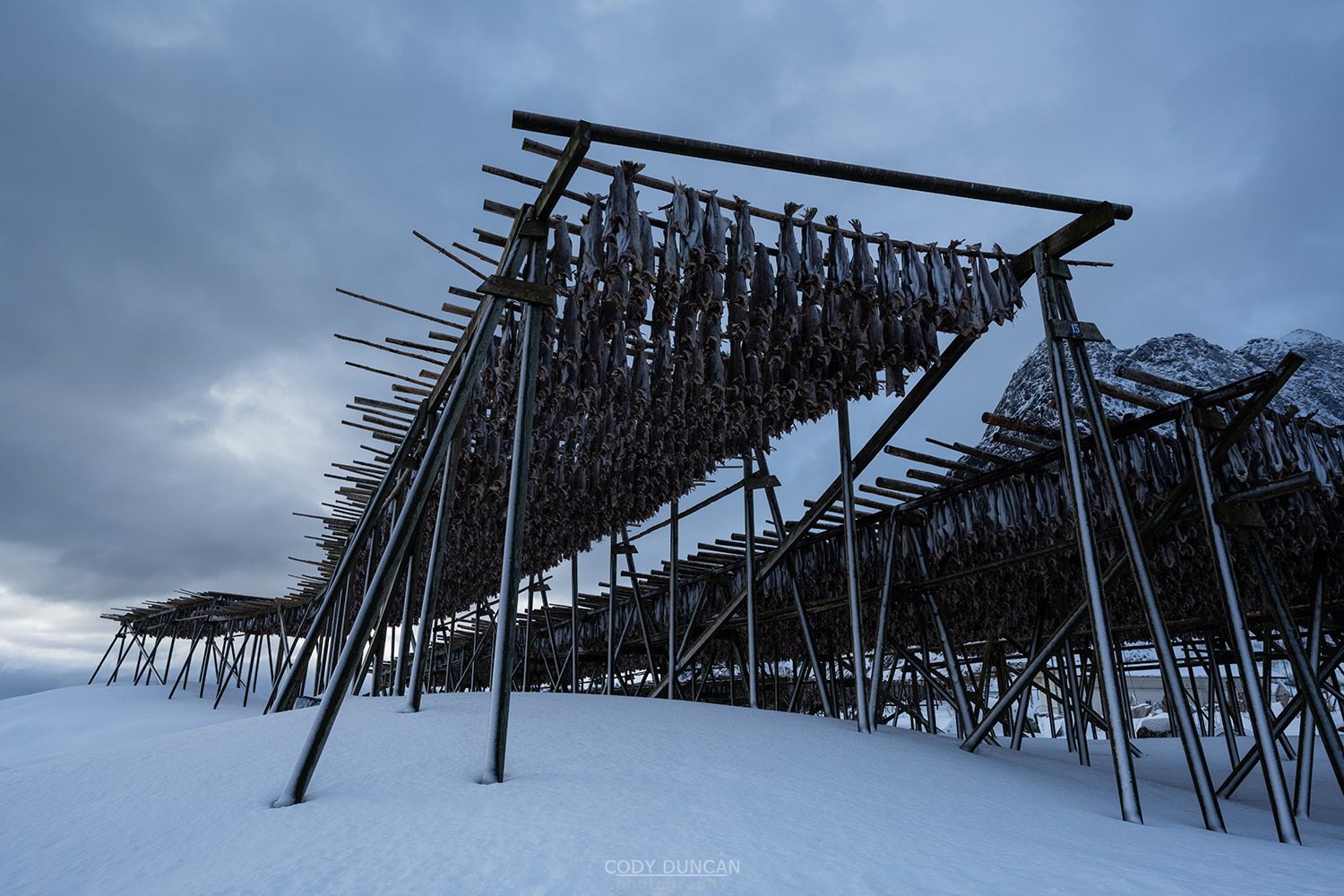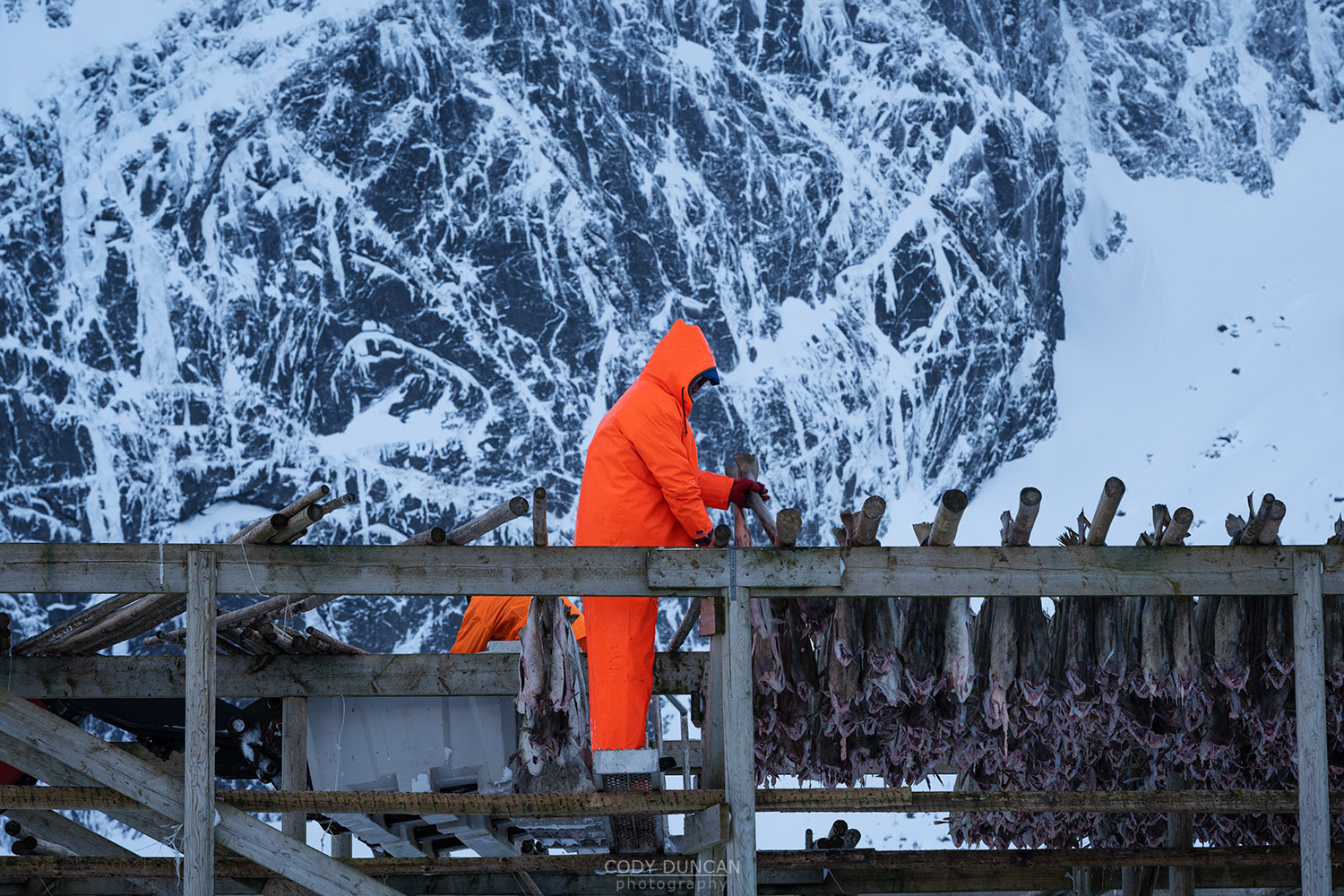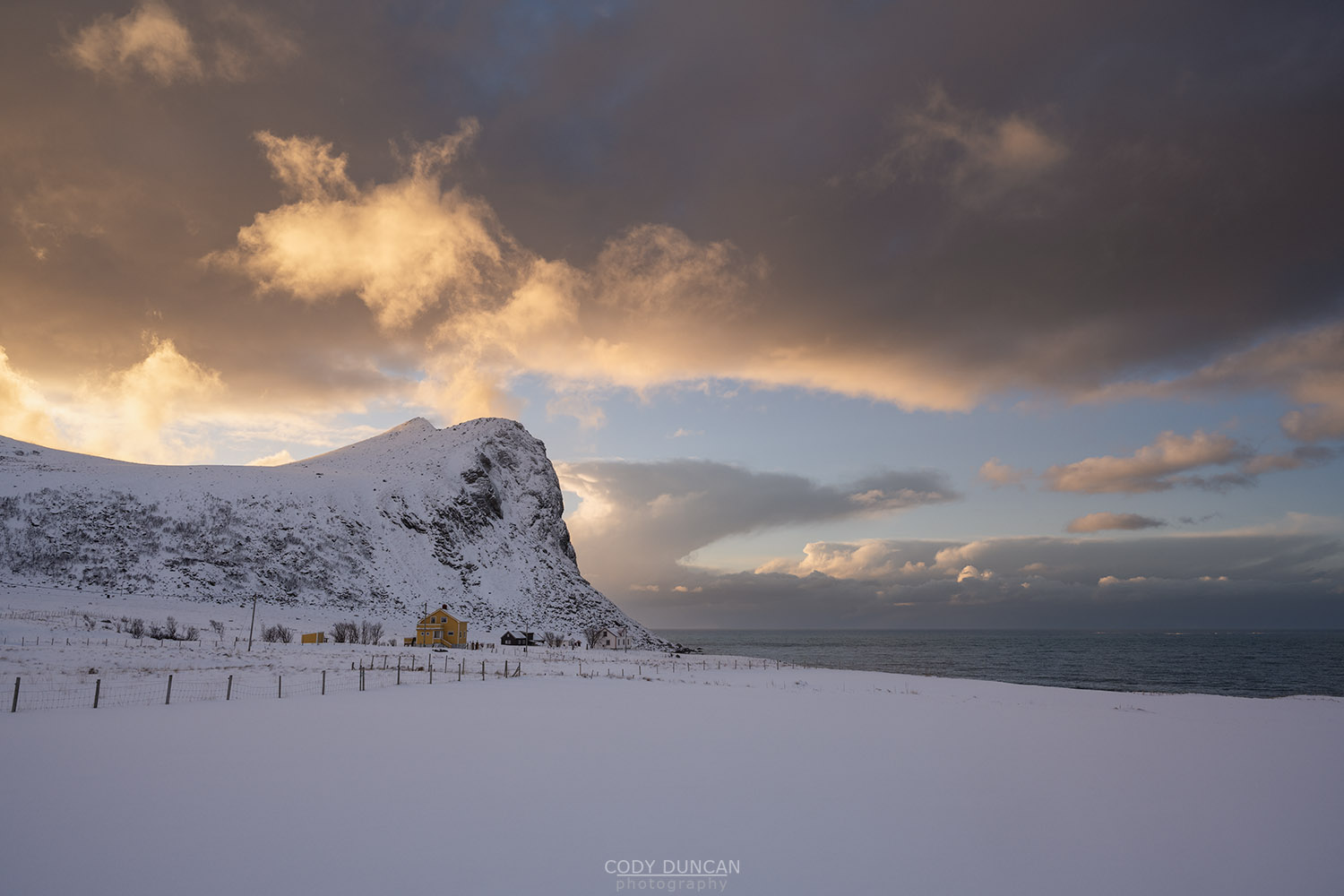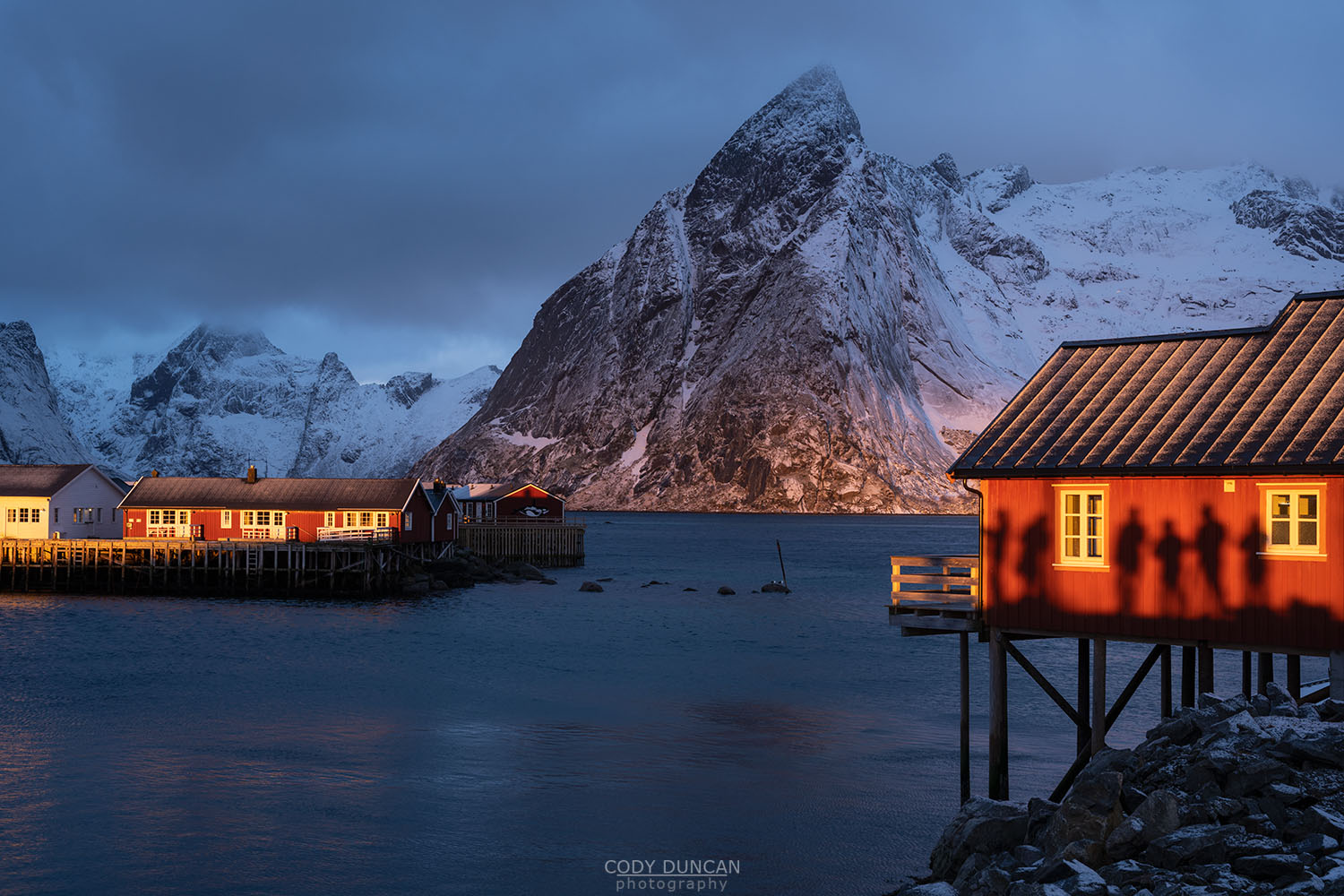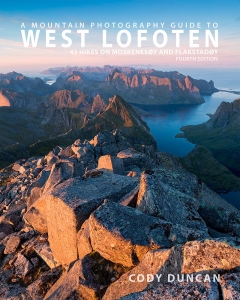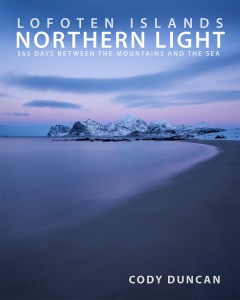Friday Photo #568 – November Shadows
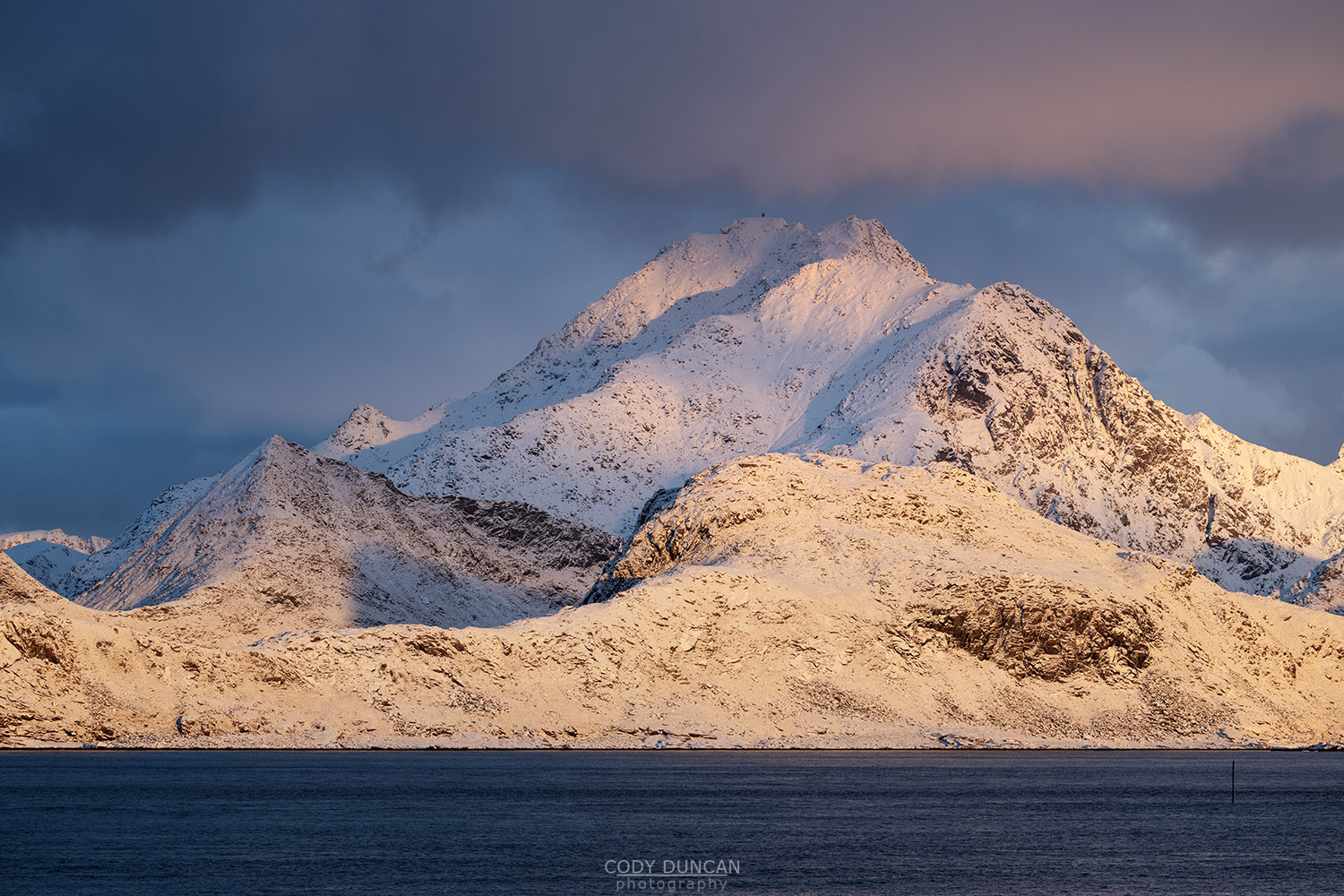
Photo: November light over Himmeltindan, Vestvågøy, Lofoten Islands, Norway. November 19, 2023. 12:35
The weather has changed since last weeks post (Friday Photo #567) and a nice layer of snow fell over Lofoten, like in this photo, followed by a rainy storm a few days later. So now everything is frozen in a solid layer of ice or hard compact snow, such as my driveway, so I now have to park at my neighbours barn.
I was a little too lazy on Sunday and the light caught me by surprise. I first headed down towards my beach, but a photo workshop was just leaving, so all the fresh snow was trampled with footprints. But the better light was on the distant mountains anyhow, so I walked back home and hopped in my van to head down the road, hoping the light would keep shining for a little while longer.
Luckily, I only have to go a few km down the road before I have this view across to the mountain peaks of Himmeltindan. It would have probably been a nice view from up there, and I can see some tracks if I zoom in on the hi-res version of the image. But for standing on the side of the road, this image isn’t too bad either. And having photographed this scene multiple times before, this might be some of the nicer light I have captured here.
Even though I drive this road daily, I always carry my camera with me, even if I’m just going to the supermarket, as I never quite know what might happen. And usually the rare time when I forget my camera is when I see a moose standing in the middle of the road at Tussan or Storeidet. The nice thing about this time of year, and Lofoten in general, is that the light can change so quickly. And its more of an issue during winter from my location on the northern side of the islands, where I can’t really see what the sun and light is doing on the southern side of the islands until I’ve driven down the road. And a scenic road it is to drive down!
The tricky thing with this image is that the first hill in the foreground, Verberget (233M), is much closer than the background mountains of Mannen and Himmeltindan. With fresh snowfall like here, they all look quite uniform and if a single set of mountains. But was is more common is nice light on the higher Himmeltan, while Verberget looks out of place and sort of blocks the background, especially when Himmeltind is covered in snow while Verberget is just brown. But in this image, everything is pretty well balanced as much as it can be.
Head over to my Instagram account for (almost) daily postings of the local conditions here on Lofoten: @distant.north
Camera Info:
Nikon z8
Nikon 100-400 f/4.5-5.6
140mm
ISO 100
f 8
1/80 Second
WB Daylight

